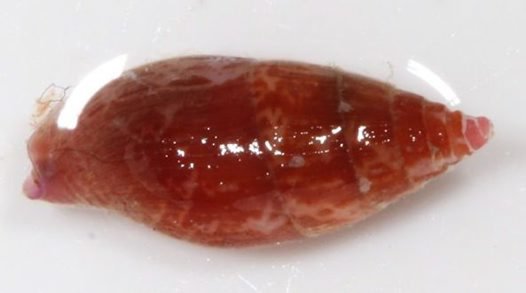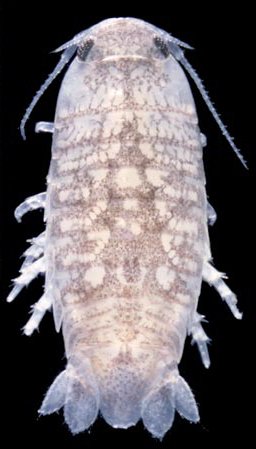Anything in the pots? Baited traps in Southern French Polynesia. Blog 3, invertebrates and processing the samples.
Apart from use in the seafood industry baited traps (or pots) are also a great way to collect marine specimens for scientfic study.

© Australian Museum
I've just retrieved some traps with the help of the crew from the RV Braveheart as part of a biodiversity survey.
Although fish are conspicuous in the traps the greatest diversity is in the invertebrates captured. These include lobsters, crabs, shrimp and snails.
The crabs are brightly coloured and some appear to be Carpilius convexus, a species which has been linked to paralytic shellfish poisoning. More information.

© Australian Museum
I’m excited to see the snails as last time we used these traps on a similar expedition in the Kermadec Islands a new species was discovered. I am also pleased to see some cirolanid isopods (sea slaters), the group I specialise in, among the catch within the small traps. The isopods are a bit of a surprise as they were absent from trap samples in the Kermadec Islands and, having no larval stages to be carried by currents, I had thought they may not be able to disperse easily to these remote Polynesian islands.

© Australian Museum
I preserve the specimens for positive identification and also take samples for genetic analysis, including a small sliver of muscle tissue from the larger lobsters which are placed into barcoded vials of special fixative. After recording all the information the samples are packed into drums for transport back to the lab at the museum for further study.
I’m now looking forward, with the same enthusiasm as when setting the traps, to receiving the samples in early 2015 when the Braveheart has finished its current assignments and returns to port. Based on past experience with trap samples, combined with the remote locations where we were able to use this method during the Southern French Polynesia (SFP) Biodiversity Survey 2014, I am sure there will be lots of discoveries to be made among these collections.








